Southbound songbird, shorebird and waterfowl migration is still in high gear. These birds are migrating through and finding locations to feed and rest between flights, so hawks will be there too; after all, they have to eat, too!
There are hawks all around the Island now. Of course our year-round resident red-tailed hawks are abundant and frequently seen even though they are seldom mentioned in this column. It is the other hawks that attract birder’s attention.
John Nelson got to study a merlin at Katama Farm on Oct. 22; he believes that the merlin is an old friend back on schedule, the same bird that he has seen there for the past few years.
Damon Burden saw a slew of hawks on Oct. 27 at the Gay Head Cliffs: one northern harrier, one sharp-shinned hawk, one merlin, two peregrine falcons and two red-tailed hawks. The only hawk the previous day was a northern harrier. Bob Shriber also spotted the two peregrines and one of the red-tails at the Gay Head Cliffs on Oct. 27. Bridget Dunnigan and Sea Williams also spotted a sharp-shinned hawk in the state forest on Oct. 27.
Charles Morano visited Long Point on Oct. 29 and observed a peregrine, while Lanny McDowell, Ned Robinson-Lynch and Mark Lipman visited Cape Pogue on Oct. 27 and saw one or two peregrines that were regularly chasing the migratory shorebirds. That troika also spotted perhaps the most interesting hawk – a rather late osprey.
Please realize that these sightings are but the tip of the iceberg; there are many more of these species — and probably other species — that are not reported here. All we need to do is find them.
There is a subspecies of Savannah sparrow – the Ipswich sparrow – that breeds on islands in maritime Canada and the North Atlantic Ocean and winters further south along the East Coast. We see a few of these very pale sparrows every winter. Luanne Johnson spotted the first of the season at Quenames on Oct. 29.
Bonaparte’s gulls are small gulls that are about the size of a common tern and fly more like terns than our more common larger gulls. The troika of Lanny McDowell, Ned Robinson-Lynch and Mark Lipman spotted two immatures on their visit to Cape Pogue on Oct. 27. That same day Damon Burden saw one off the Gay Head Cliffs.
Tree swallows are still around. A small flock of nine lingering tree swallows was observed at the Gay Head Cliffs by Damon Burden. On Oct. 29, Philip Edmundson spotted one tree swallow at the Gay Head Cliffs. Also that day, Charles Morano found six tree swallows at Long Point.
Lynn Buckmaster-Irwin had a few good sightings in her Christiantown yard on Oct. 28 and 29. First there were three eastern bluebirds and a pine warbler and the next day she saw a dickcissel. This latter species can easily be confused with a house sparrow except that it usually has some yellow on its chest.
Eastern bluebirds seem to be getting more conspicuous; maybe it reflects their winter flocking behavior or maybe there are more of them arriving for the winter. Richard Price saw three bluebirds at Felix Neck on Oct. 27. There were three sightings of them on Oct. 30: Philip Edmundson spotted three near the southern end of Watcha Pond, Richard Couse found two at the Hoft Farm and I observed three in the upper meadow at Waterview Farm in Oak Bluffs.
Wintering robins can be with the bluebird flocks and I saw three robins feeding on crabapples in my yard on Oct. 29.
I mentioned earlier that there are migrant shorebirds around. Most interesting are Chris Schmandt’s reports of a whimbrel at Philbin Beach on Oct. 10, along with three lingering semipalmated plovers; there were 15-20 of them at Great Rock Bight on Oct. 9.
The troika of Lanny McDowell, Ned Robinson-Lynch and Mark Lipman spotted a lingering flock of nine American oystercatchers at the northern end of
Cape Pogue on Oct. 27. Single oystercatchers were seen by Luanne Johnson on Oct. 29 at Quenames and I saw one at Waterview Farm. Luanne also spotted 53 sanderlings and two greater yellowlegs at Quenames.
Larger numbers of greater yellowlegs were reported: 12 were seen by Bob Shriber in Aquinnah on Oct. 27, six were found by Charles Morano at Long Point on Oct. 29, I found 21 on the small islands near Waterview Farm on Oct. 30, and Cynthia Bloomquist and Thaw Malin observed 22 at Tisbury Marketplace on Oct. 25.
Migrating warblers are becoming scarce as they move on to points well south of us. Yellow-rumped warblers are now the most abundant species and they will be here through the winter. At the Gay Head Cliffs, Damon Burden found a flock of 34 yellow-rumps on Oct. 26 but there were only 10 the next day. Also on Oct. 27, Nancy Nordin found three yellow-rumps at Lake Tashmoo. Charles Morano saw 17 at Long Point on Oct. 29.
Only two other species of warblers were reported this week: Charles Morano spotted two blackpoll warblers and a palm warbler at Long Point on Oct. 29, and Damon Burden found three palm warblers on Oct. 27 at the Gay Head Cliffs.
There are double-crested cormorants lingering on our ponds. But Lanny McDowell hit the jackpot on Oct. 27 at Sarson’s Island: he describes it as “lots and lots of double-crested cormorants” and his photographs show that they covered most of the sandy part of that island. Somebody with nothing better to do might try counting the birds in those photos.
Finally, we go back to the Oak Bluffs pumping station to note that the flock of American wigeons is still increasing there. John Nelson spotted 51 of them there on Oct. 27.
Please email your sightings to birds@mvgazette.com
Robert Culbert is an ecological consultant with Nature Watch LLC living in Vineyard Haven.

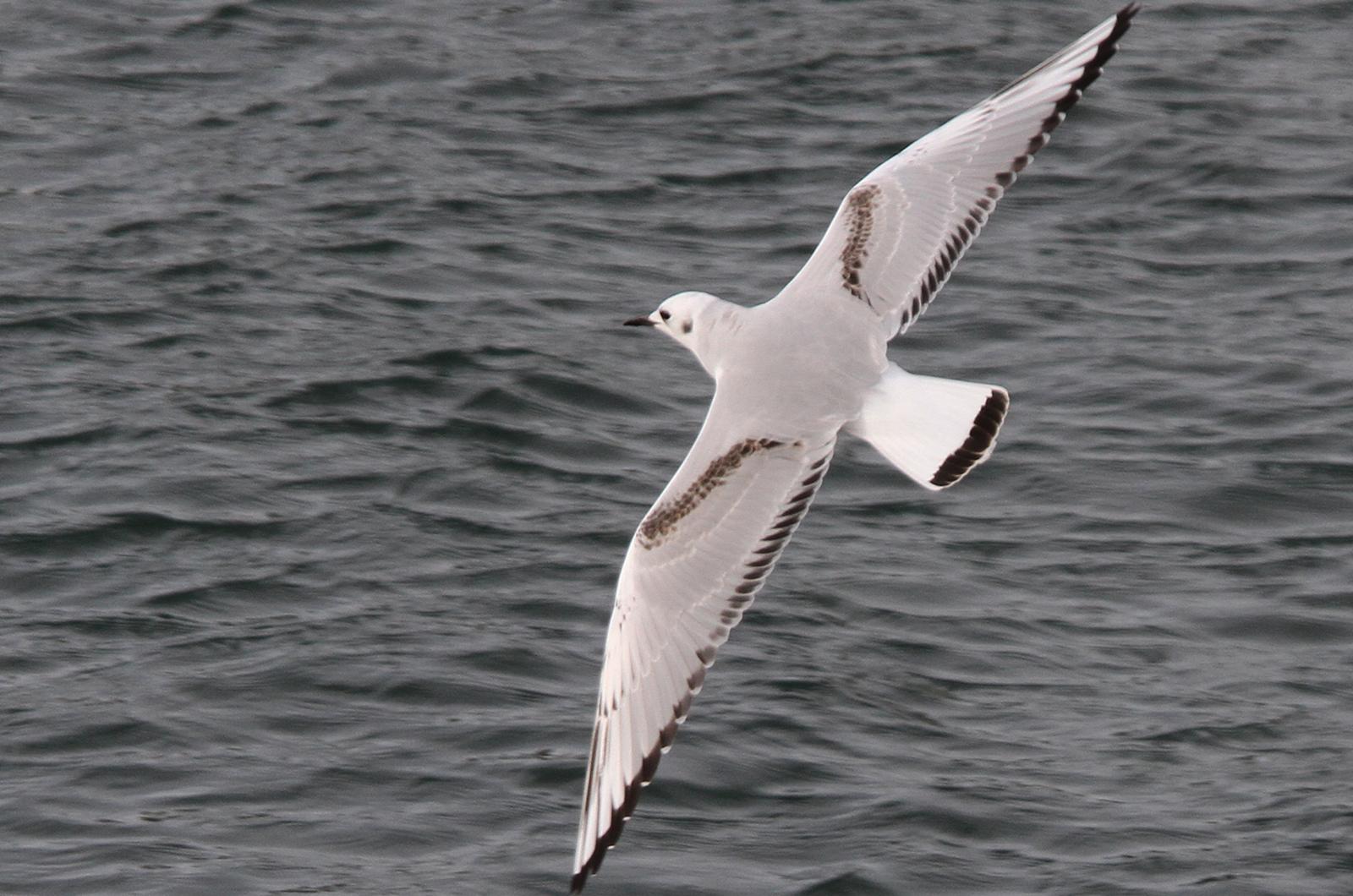
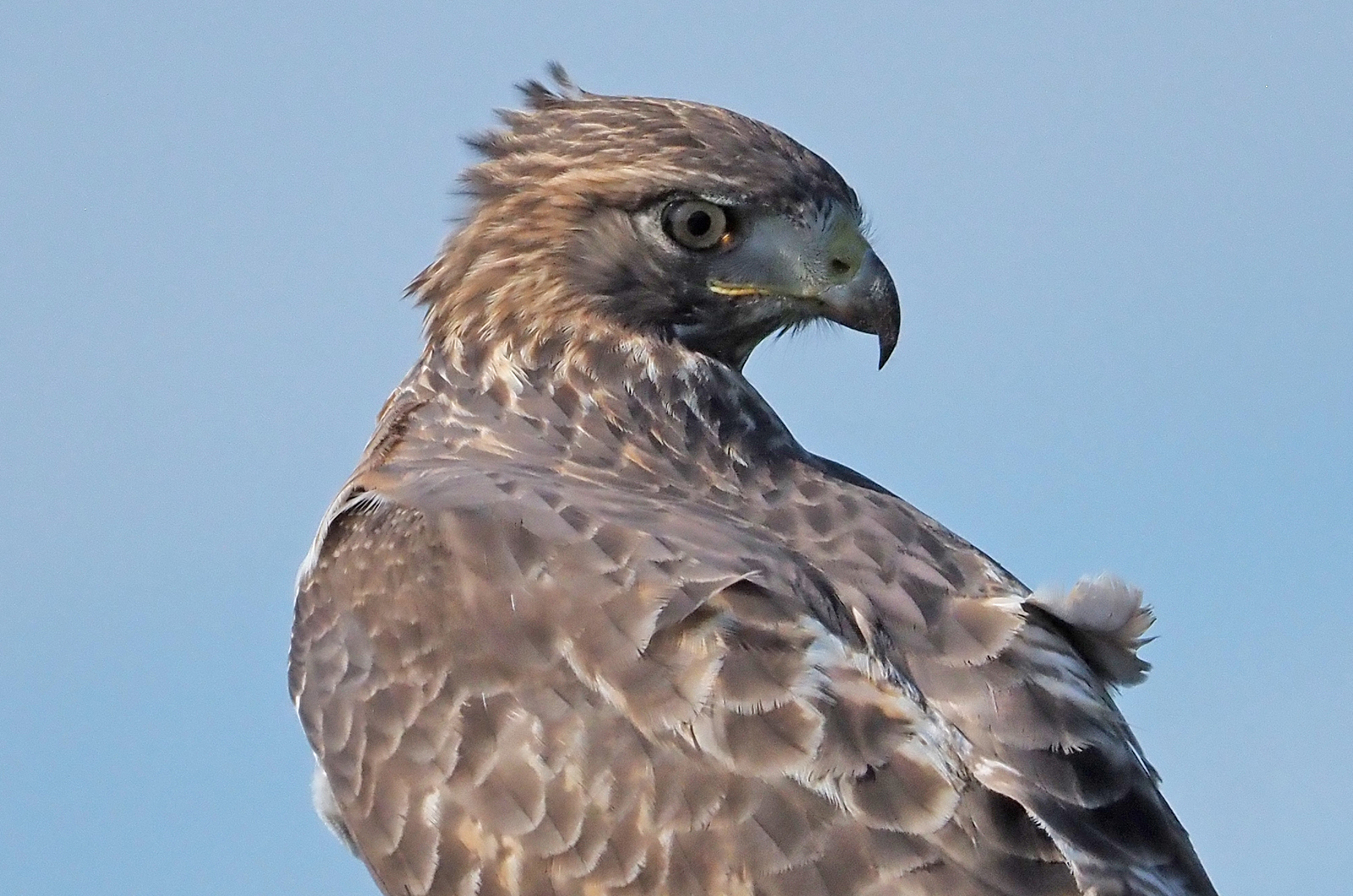
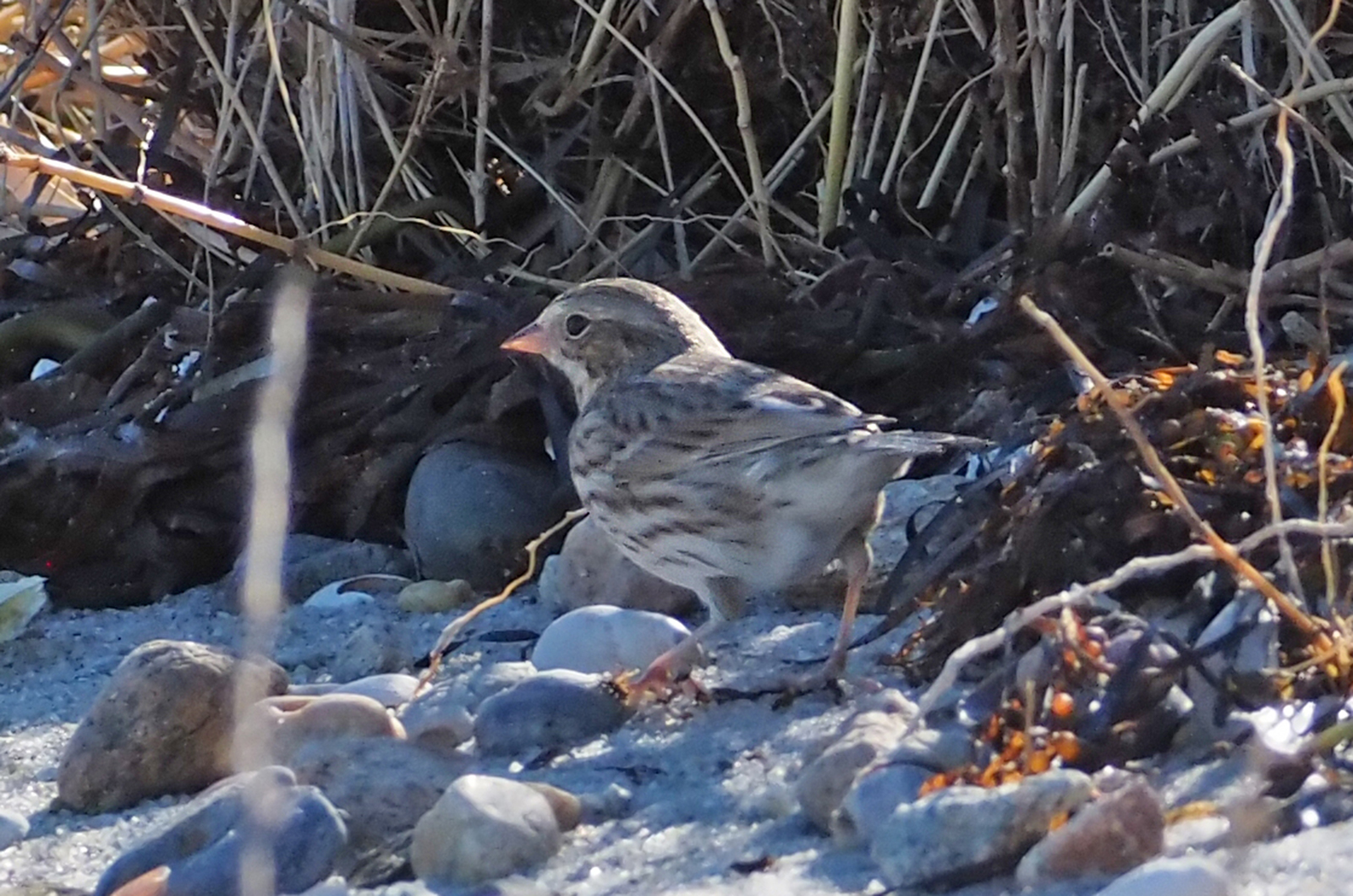
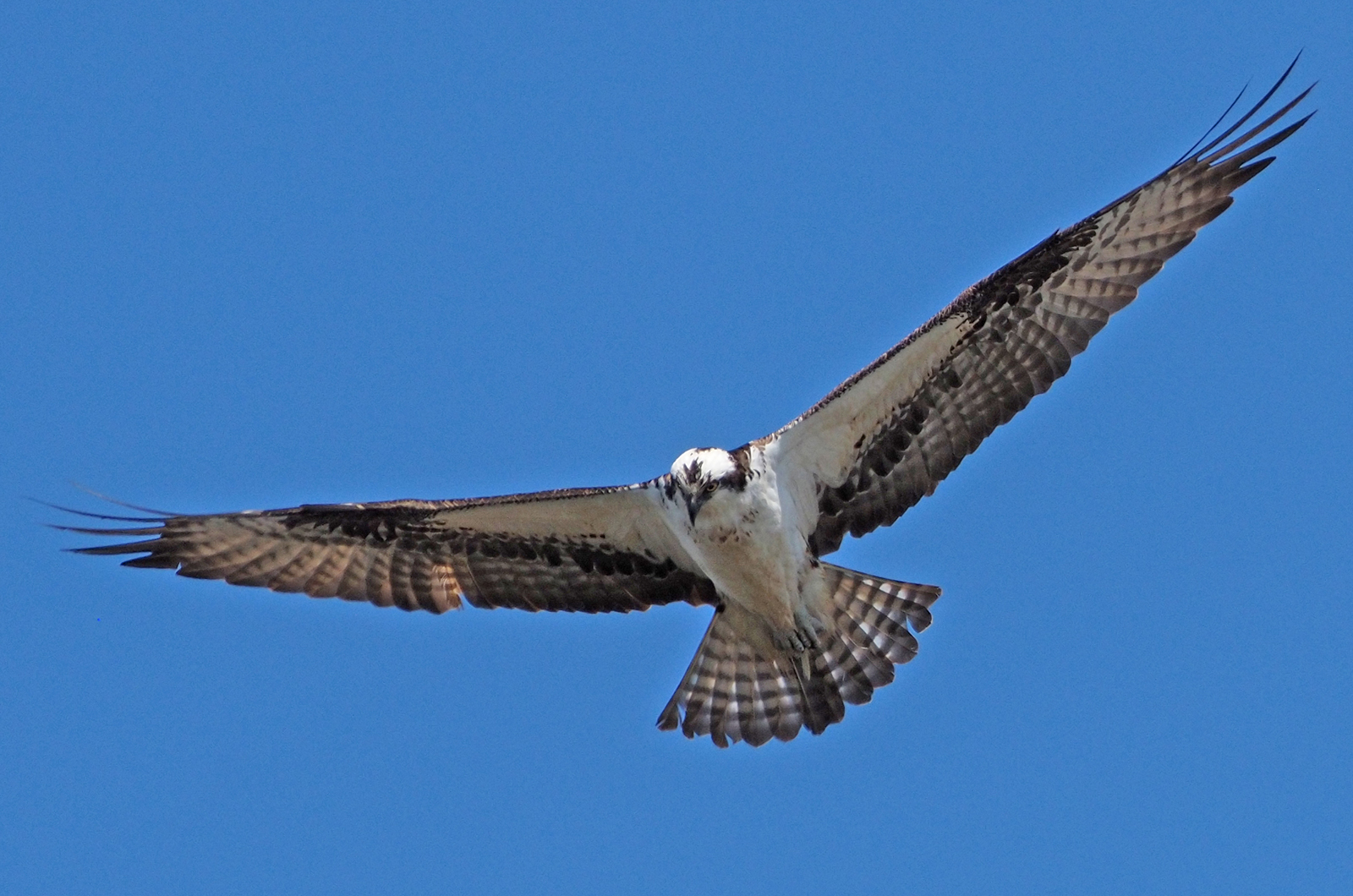
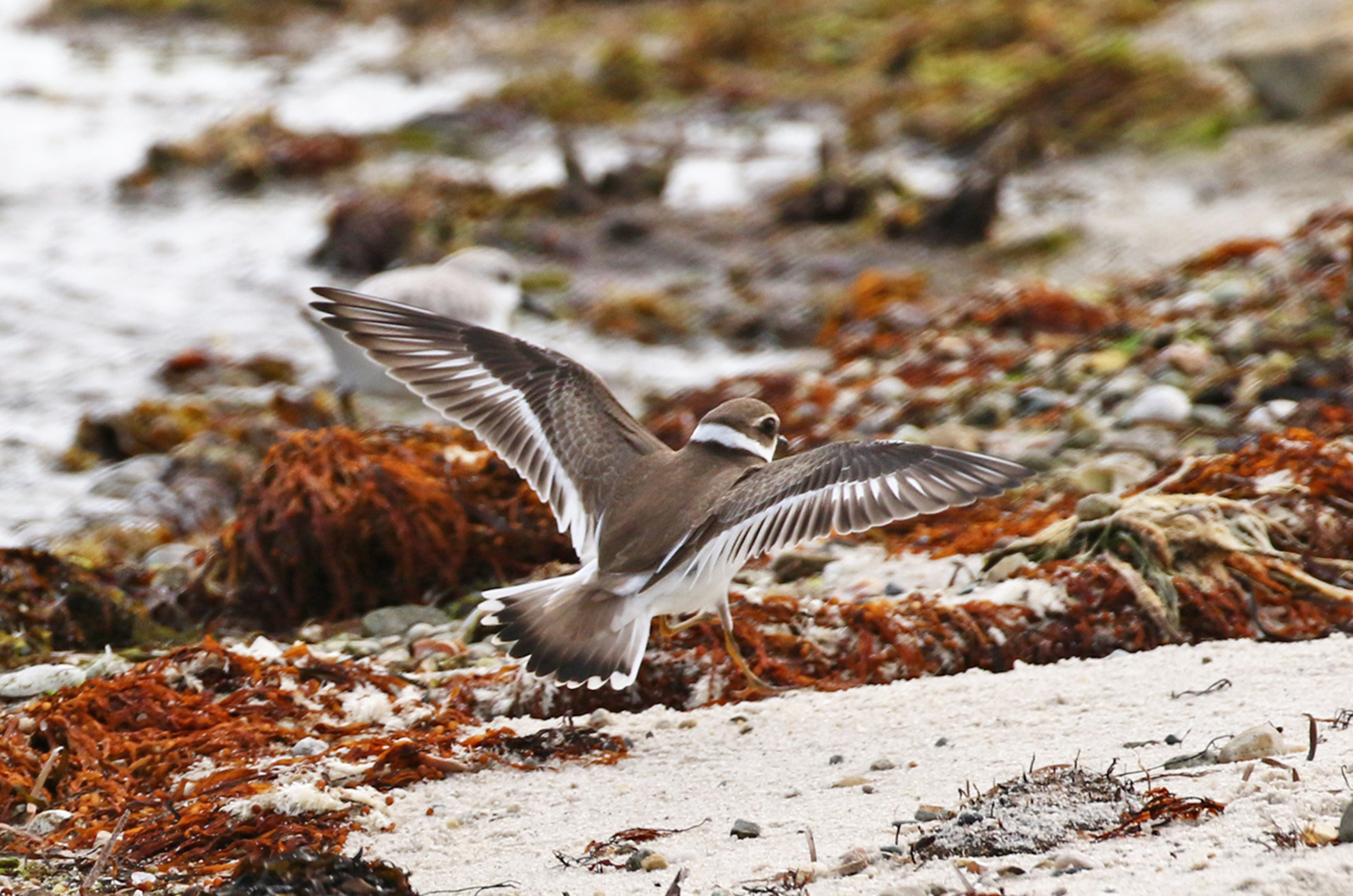
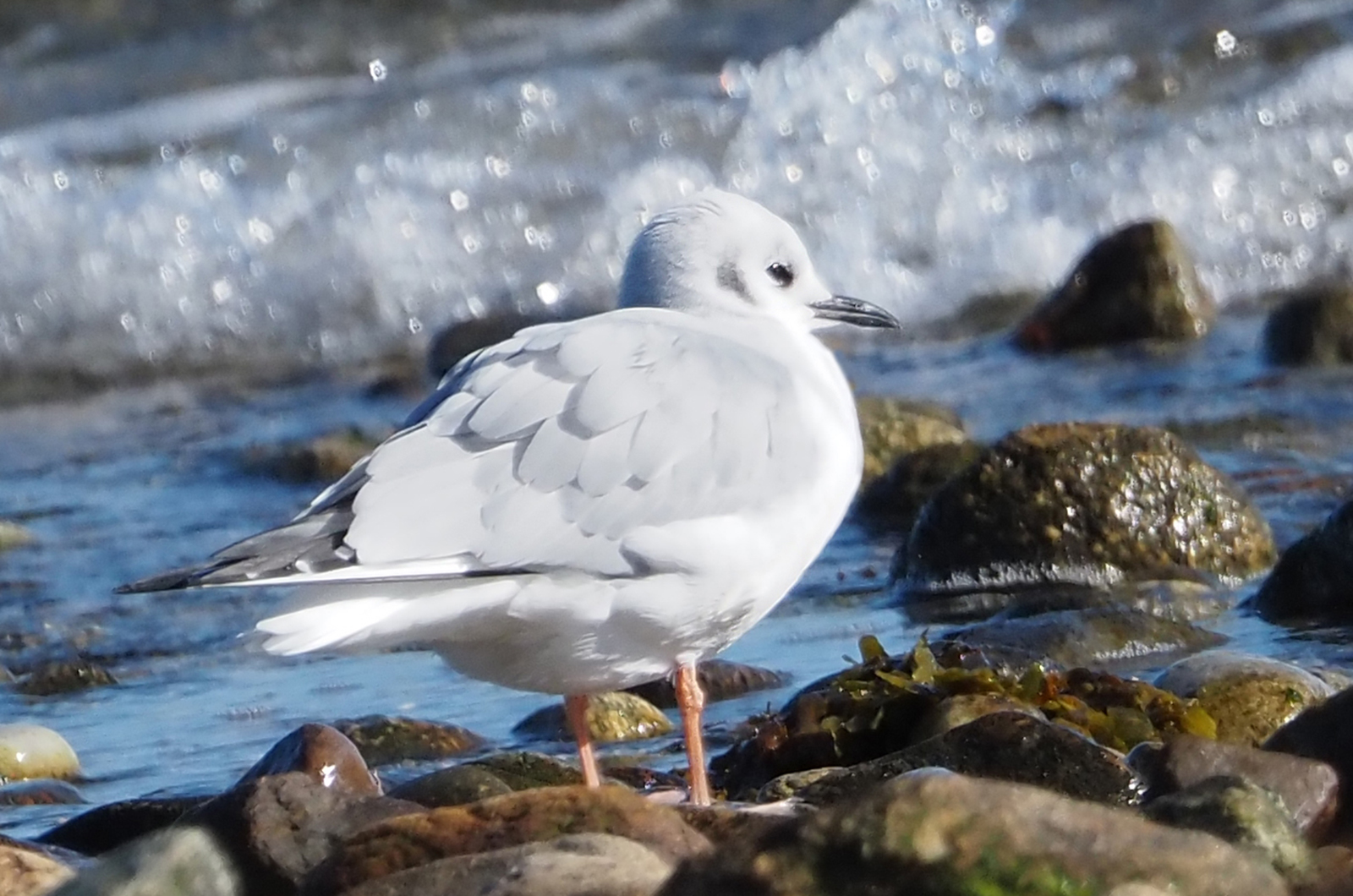
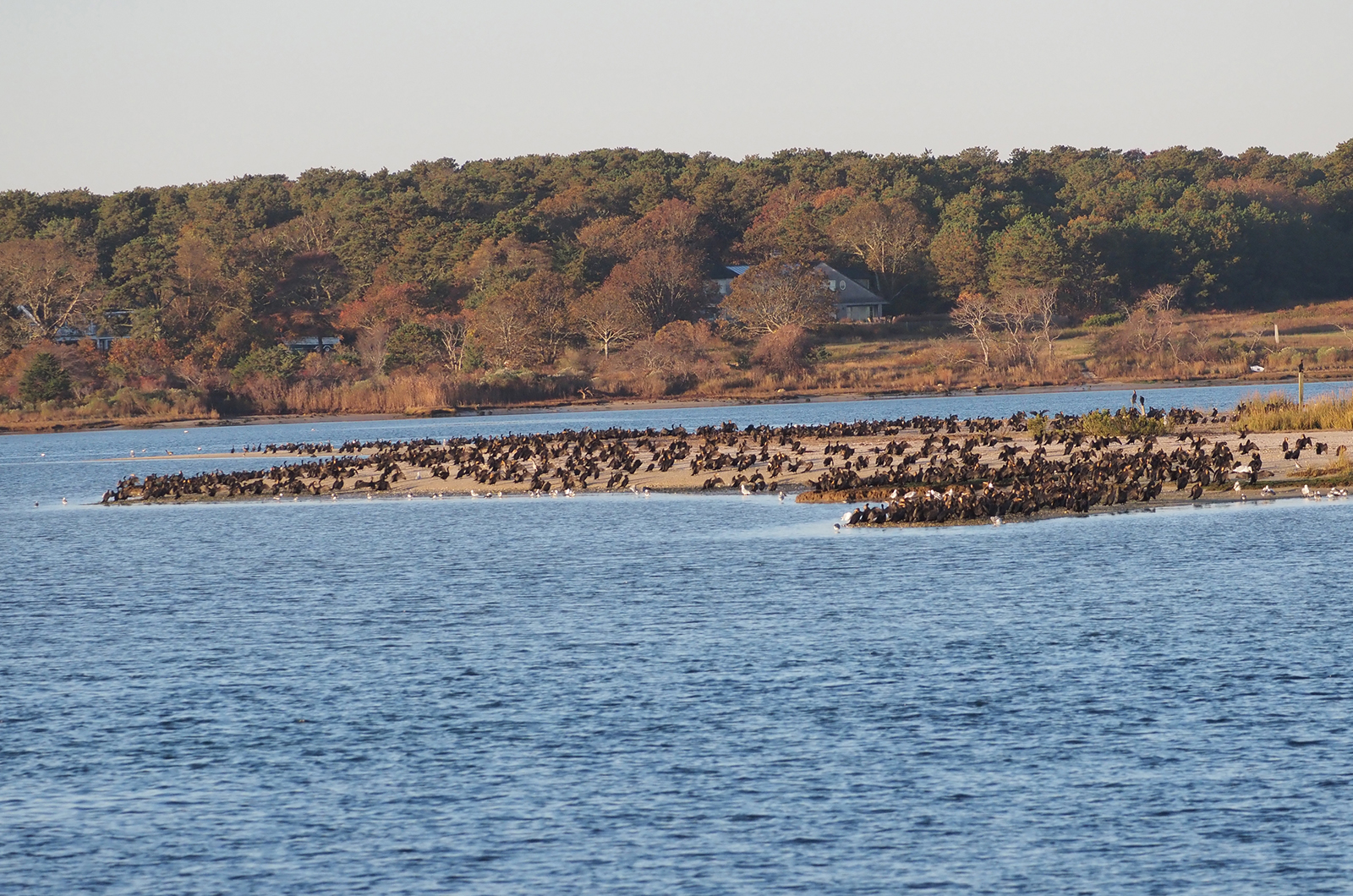





Comments
Comment policy »